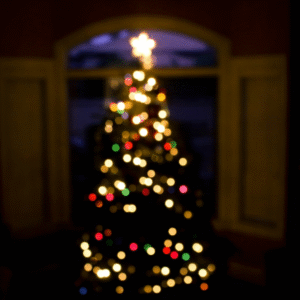The Difference Between Clean and Tidy
When visiting someone’s home, it’s easy to confuse a tidy space with a truly clean one. While tidiness involves organizing and arranging items, cleanliness goes deeper. It removes dirt, dust, and germs. A tidy home can still hide underlying dirt, so it’s essential to recognize this distinction.
How Scent Influences Cleanliness Perception
Scent plays a crucial role in how we perceive cleanliness. A fresh smell often suggests a clean home, even if it’s only surface-level. On the other hand, unpleasant odors point to hidden dirt. Watch for artificial fragrances trying to mask odors, as they could indicate a lack of deep cleaning.
Spotting Surface-Level Cleaning
Surface cleaning is common for a quick fix, but it doesn’t mean the home is truly clean. Shiny countertops might hide dusty baseboards or shelves. Look for dust on less obvious areas like behind furniture to spot surface-level cleaning.
Cluttered Corners and Hidden Messes
Even if the main areas seem neat, check behind doors, under furniture, and in corners. These often-neglected spots can accumulate dust and debris, showing that the home has been cleaned only for appearances.
The Bathroom: A True Test of Cleanliness
The bathroom reveals much about a home’s cleanliness. A truly clean bathroom goes beyond organizing and wiping surfaces—it involves spotless fixtures, mold-free grout, and a hygienic toilet. Pay attention to the corners and areas beneath sinks for hidden dirt.
Kitchen Clues: Where Dirt Hides
In the kitchen, dirt can build up quickly. Grease on cabinets, crumbs in corners, and sticky floors are signs that the kitchen needs more than just a wipe-down. Don’t forget to check appliances like the microwave and oven for cleanliness.
The Importance of Dust-Free Surfaces
Dust accumulates in neglected areas. Run your finger across shelves, picture frames, and electronics to check for dust. Dusting regularly is key to maintaining a genuinely clean home, and its absence suggests only superficial cleaning.
Pet Hair and Odors: Subtle Signs
Pet owners should watch for lingering hair and odors. Even if the space looks tidy, pet hair on furniture and carpets, along with persistent smells, indicate a lack of deep cleaning.
Checking Floors Beyond Vacuum Lines
Vacuum lines can create an illusion of cleanliness, but look closer. Dirt often collects in corners, under furniture, and along baseboards. On hard floors, sticky spots or dirt in grout lines suggest inadequate cleaning.
Windows and Mirrors: A Reflection of Cleanliness
Windows and mirrors should be streak-free and dusted. These surfaces reflect light and enhance a room’s cleanliness. Smudges and dust on them can undermine the overall appearance of a clean home.
Conclusion: True Cleanliness Requires Effort
Achieving genuine cleanliness takes more than just tidying up. It involves consistent and thorough cleaning practices. Recognizing the signs of superficial cleaning helps you appreciate the effort needed to maintain a truly clean home, creating a healthier and more pleasant environment.





